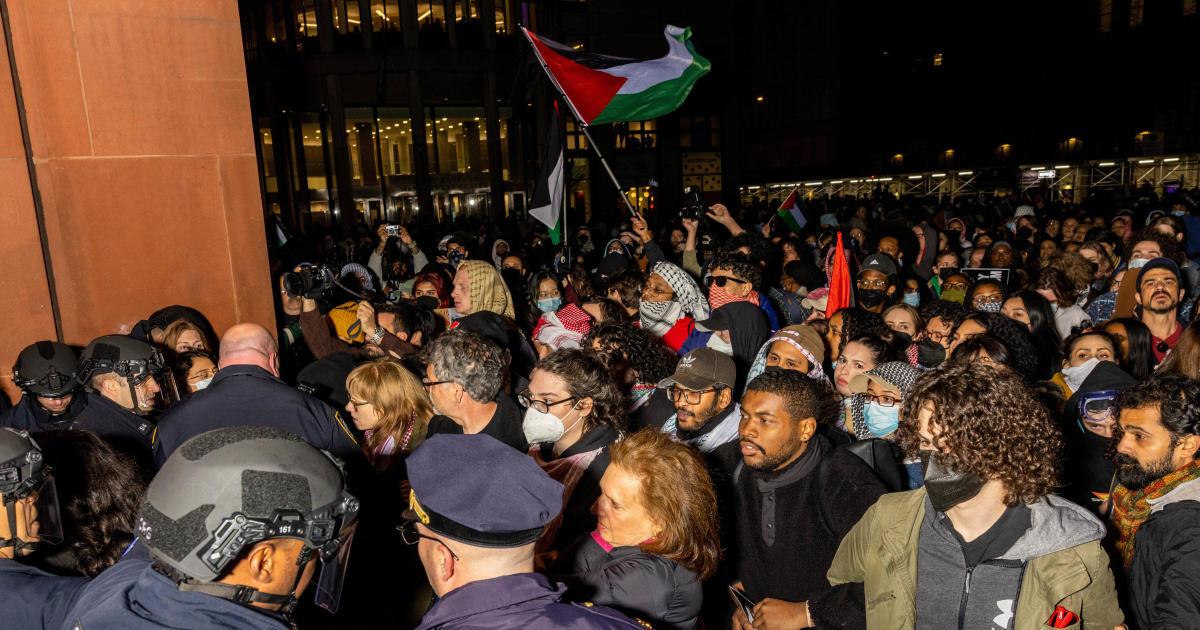Australia's bushfire "mega blaze" is close to Sydney
The state of New South Wales in Australia is battling over 90 bushfires, with several combining to create a "mega blaze." In Queensland, a state covering Australia's northeast, more than 40 additional fires are burning.
More than half of the fires in NSW are not contained, and the Bureau of Meteorology — Australia's government agency responsible for providing weather services — has said that some of the fires are "too big to put out."
"The massive NSW fires are in some cases just too big to put out at the moment," the area's Bureau of Meteorology tweeted on Friday. The agency said that the fires are "pumping out vast amounts of smoke," which has turned the skies orange, and appears like "significant rain" on weather radar.
One blaze in the region is burning just an hours drive from Sydney, leaving Australia's most populated city blanketed in smoke.
"A lot of the fires burning in NSW require broad containment options, due to the large and remote locations they are burning in," the New South Wales Rural Fire Service tweeted on Saturday.
On Friday, five fires combined to form a mega blaze that covers nearly 700,000 acres north of Sydney. The combined blaze, near Gospers Mountain, won't be contained anytime soon, according to fire officials, the BBC reported.
"These will take many weeks to put out — and only when we get good rain," the NSW Rural Fire Service said on Friday evening.
Seven people have died due to the bushfires since October — a significantly lower death toll than 2009's bushfires that claimed nearly 200 lives. This year's fires, however, have covered significant ground. Nearly 3.9 million acres have been affected, and more than 1,000 homes across NSW and Queensland have been destroyed, the BBC reported.
Hot and dry winds have increased the fires' danger, prompting warnings to be put in place across much of the region's coastline.
Fire officials in Ingleburn, a southwest suburb of Sydney, told residents that if their properties are not prepared for the bushfire season, or they are not capable of defending their property, they need to "leave straight away."
"The difference now — as related to the summer months — is previously they were pretty much can fly into the northern part of New South Wales, but what we're seeing this week is that our resources stretch across the entire coastline," said Gladys Berejiklian, NSW Premier. "We've also seen the fires coming to very close proximity to major population centers whether it's on the South Coast, the Central Coast, or even greater western Sydney."
Rural Fire Service Commissioner Shane Fitzsimmons said "there is an absolute lack of moisture in the soil, a lack of moisture in the vegetation ... you are seeing fires started very easily and they are spreading extremely quickly, and they are burning ridiculously intensely."
Scientists and activists have long warned that Australia is uniquely vulnerable to the effects of climate change.
"These changes affect many Australians, particularly the changes associated with increases in the frequency or intensity of heat events, fire weather and drought," read Australia's 2018 State of the Climate report, written by the Bureau of Meteorology. "Australia will need to plan for and adapt to some level of climate change."
Australia's minister responsible for drought and natural disasters, David Littleproud, said in September that he doesn't "know if climate change is man-made," The Guardian reported.
Last month, a coalition of former fire chiefs from NSW, Queensland, Victorian and Tasmanian fire services stated that climate change is intensifying natural bushfires, and urged the federal government to act immediately.
In response, Prime Minister Scott Morrison said that there is "no credible scientific evidence" that shows cutting Australia's emissions could reduce the severity of bushfires. Morrison has called climate protests "indulgent and selfish," and argued that the government should outlaw some forms of climate protest.
Meaningful rainfall is not predicted in the region until late January or early February, according to RFS Commissioner Shane Fitzsimmons, The Sydney Morning Herald reports.
"[That] means we've got very significant potential to see a lot more countryside, a lot more communities being impacted by fire as we go into the typically hotter months of the year," Fitzsimmons told Australia's Today.
"It's a tough couple of months ahead yet and we've already seen the horrific consequences of fire so far this season."



